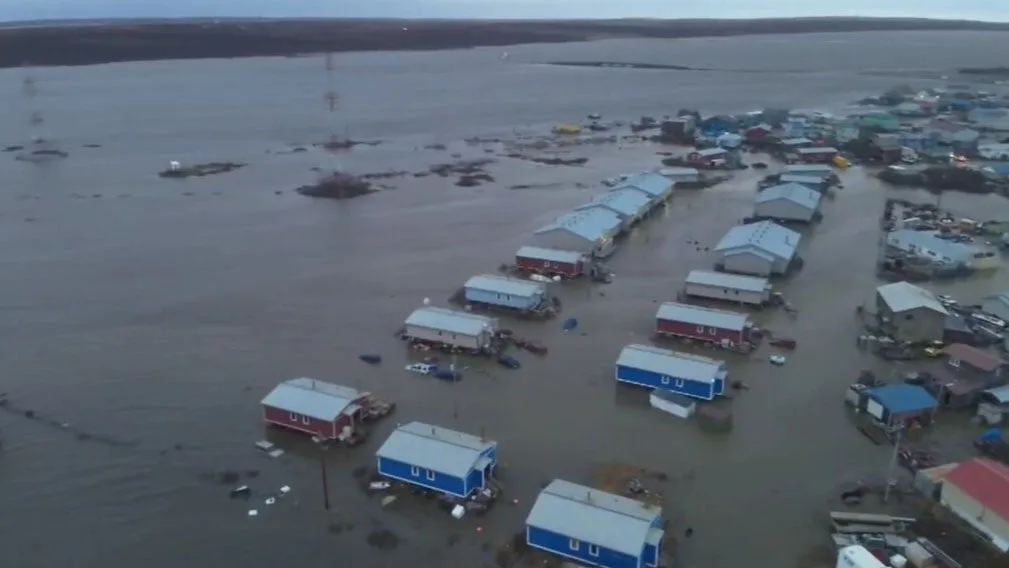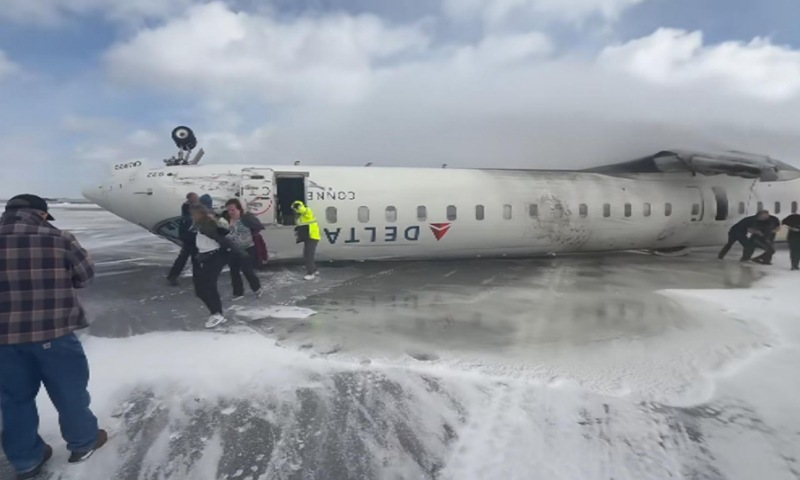New Jersey officials declared a state of emergency as a powerful nor’easter moved toward the East Coast. Acting Governor Tahesha Way announced the decision to ensure quick response efforts and better coordination among emergency agencies. Because the storm was expected to bring strong winds and heavy rain, authorities warned residents to stay indoors and avoid unnecessary travel.
Throughout the afternoon, coastal areas began seeing rising tides and scattered power outages. As the system intensified, transportation agencies advised drivers to prepare for flooded roads and flight delays. Meanwhile, local emergency shelters opened in several towns to accommodate families in vulnerable areas.
Officials urged citizens to keep emergency kits ready, charge devices, and monitor weather updates closely. Power companies placed hundreds of workers on standby so they could repair damaged lines as soon as conditions improved. By taking these early steps, the state aimed to limit property loss and ensure public safety.
Alaska Faces Devastating Floods
While New Jersey prepared for impact, Alaska faced a far graver crisis. Days of heavy rainfall caused rivers to overflow, sweeping through small communities in the western region. In towns such as Kipnuk and Kwigillingok, homes collapsed as surging water carried them away. Roads and bridges crumbled, leaving entire neighborhoods isolated.
Rescue teams worked tirelessly to reach those trapped by the floodwaters. With the help of the Alaska National Guard, helicopters airlifted residents to safer areas. Volunteers provided warm clothing, food, and first aid supplies to displaced families. Local schools turned into temporary shelters where victims could rest and receive medical attention.
Community leaders emphasized that while the loss was enormous, the spirit of unity remained strong. Many residents supported each other by sharing resources and helping rebuild damaged homes. Despite the destruction, people expressed determination to recover and move forward together.
National Response and Climate Concerns
These two emergencies once again highlight America’s growing vulnerability to extreme weather. Across both states, emergency agencies responded swiftly, showing that preparedness can make a real difference. However, experts warn that such storms will likely become more intense as climate patterns shift.
Therefore, they recommend long-term investments in infrastructure, flood defenses, and early warning systems. In addition, public education on disaster readiness remains essential, as informed communities recover faster. Environmental organizations also call for stronger national climate policies to reduce future risks.
Conclusion
The nor’easter threatening New Jersey and the floods devastating Alaska reveal the urgent need for better disaster planning. Through early warnings, coordinated rescue efforts, and resilient communities, both states have shown courage under pressure. As recovery continues, leaders and citizens alike must work together to build stronger systems that can withstand the next wave of nature’s challenges.
Bonus Read: Mississippi Homecoming Turns Deadly in Multiple Shootings




One thought on “New Jersey Emergency as Nor’easter Nears, Alaska Battles Deadly Flooding”